Descripción
En la preparación de la décima edición de “Marcas”, los editores tenían dos objetivos continuos principales. Primero, modernizar y actualizar los contenidos según sea necesario, y segundo, mantener el alto nivel mantenido durante ochenta años por los editores anteriores, Lionel S. Marks y Theodore Baumeister. Los editores han encontrado instructivo hojear la primera edición del Manual de Marks y leer detenidamente su contenido. Algunos temas todavía tienen vigencia a medida que nos acercamos al final del siglo XX, otros son de interés histórico solamente. Ciertamente, el paso de 80 años desde la publicación de la primera edición envía un mensaje claro de que ¡las cosas cambian!. El reemplazo del Sistema Consuetudinario de los Estados Unidos (USCS) de unidades por el Sistema Internacional (SI) aún está lejos de completarse y avanza a ritmos diferentes no solo en las profesiones de ingeniería, sino también en nuestra sociedad en general.
En consecuencia, se ha mantenido la dualidad de unidades, según corresponda. La práctica establecida combinada con nuevos conceptos y desarrollos son los pilares de nuestra profesión. Entre los cambios más significativos y de mayor alcance está la incorporación de microprocesadores en muchas herramientas y dispositivos, tanto nuevos como antiguos. Un número cada vez mayor de procesos de producción se están automatizando con robots que realizan trabajos aburridos o peligrosos. Las estaciones de trabajo que consisten en computadoras personales y una selección de software aparentemente sin límites son casi universales. El ingeniero no solo tiene a mano poderosas herramientas informáticas y analíticas, sino que esas mismas herramientas se han aplicado en diversas áreas que parecen no tener límites.
Una entidad comercial o de fabricación moderna sin teclado y pantalla es una anomalía. Los editores son conscientes de los requisitos contrapuestos para ofrecer al usuario un amplio espectro de información que ha sido el sello distintivo del Manual de marcas desde su creación y, sin embargo, deben mantener el tamaño de un volumen dentro de lo razonable. Esto se ha logrado gracias a los esfuerzos diligentes y la cooperación de los colaboradores, los revisores y el editor. Por último, el Manual es, en última instancia, responsabilidad de los Editores. Se ha ejercido un cuidado meticuloso para evitar errores, pero si alguno se incluye inadvertidamente, los editores agradecerán que se les informe para que las correcciones puedan incorporarse en ediciones posteriores de esta edición.
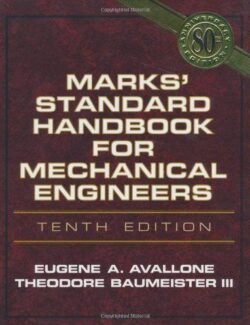

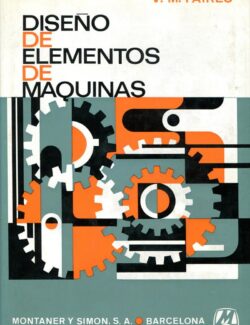
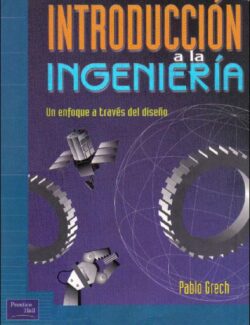
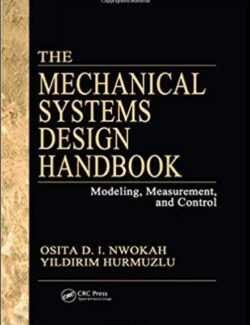
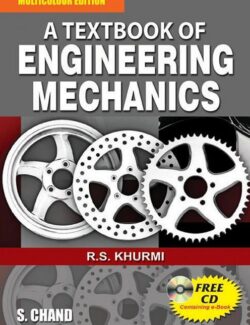

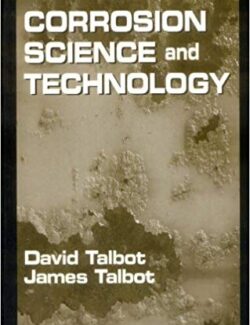
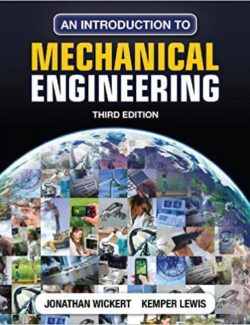
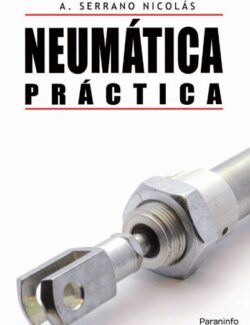
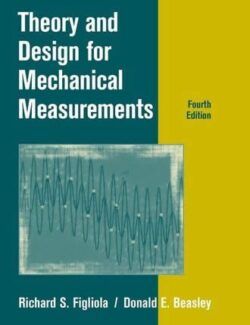
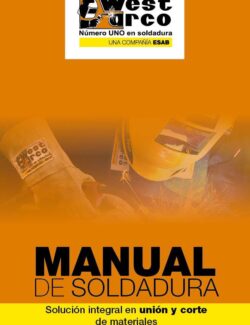
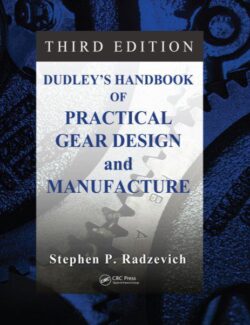
Déjanos un comentario
No hay comentarios